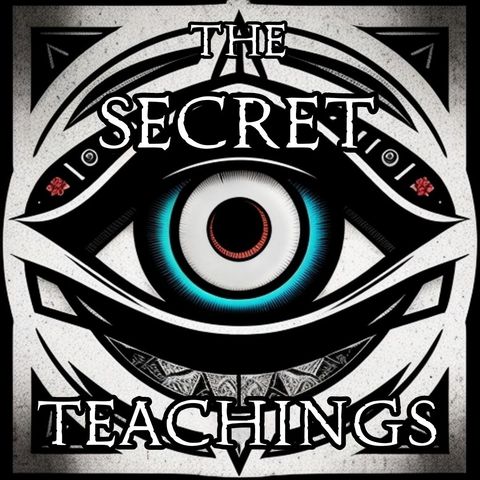Brad Olsen, author of the esoteric book series, joins us to discuss koshikoden, or ancient and mysterious history. Arnechenologsts just announced the discover of another, this time submerged, Moai, in a dried lake bed on Easter Island. If one were to examine stele at Tiahuanaco in South America, pillars at Göbekli Tepe in Turkey, Urfa man in the same region, or Moai statues on Easter Island (Rapa Nui), they would find similar depictions of hand positioning. In the same ares, along with areas all over the Middle East, one would also find characters holding containers or bags of a mysterious nature. Mix in stories from India that parallel myths from all the mentioned regions and you have something very mysterious. Similar parallels can also be found with the red coloring of hats placed on Moai heads on Rapa Nui. Red coloring was also used in the King’s Chamber of the Great Pyramid, the inner sanctum of Ġgantija on Gozo, and at the Hypogeum on Malta. In Old Japanese the word for ‘red’ meant bright and pure. Conceptually the red is a symbol of blood, which is taken from the lamb to purify. The blood of Christ washes away our sins. Red is also the blood of birth. In the process of initiation into the Mystery Religions around the world red was used in the chambers mentioned above as a symbol of the womb. After days of gestation a person would be reborn as a “sun” of God. What is meant by “sun” here is that they would be bright, pure, washed clean, etc. They were a miniature sun, with a fire burning inside - the soul. The Japanese sun-goddess Amaterasu is the ‘light of heaven’, and each of us is an individual expression of that light. Perhaps the hats on Moai are a sort of solar corona, as often used to depict Jesus, Horus, and countless other god-like figures.
mostra menos


Comentarios